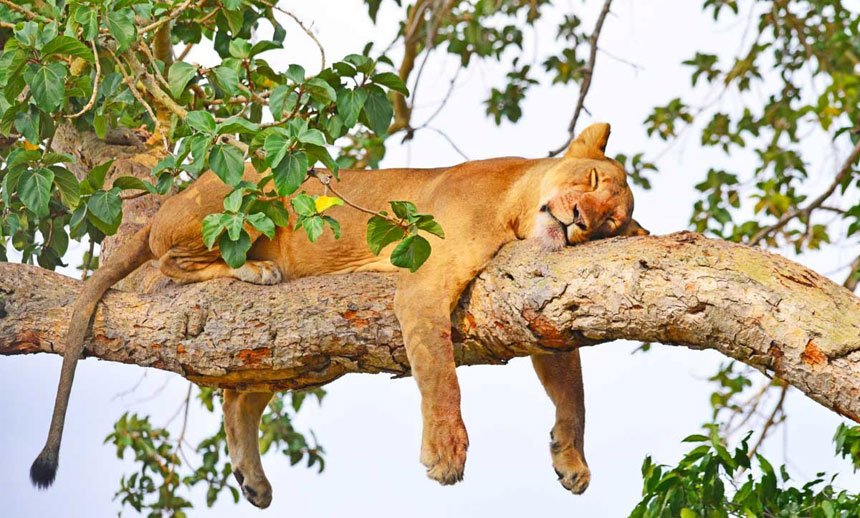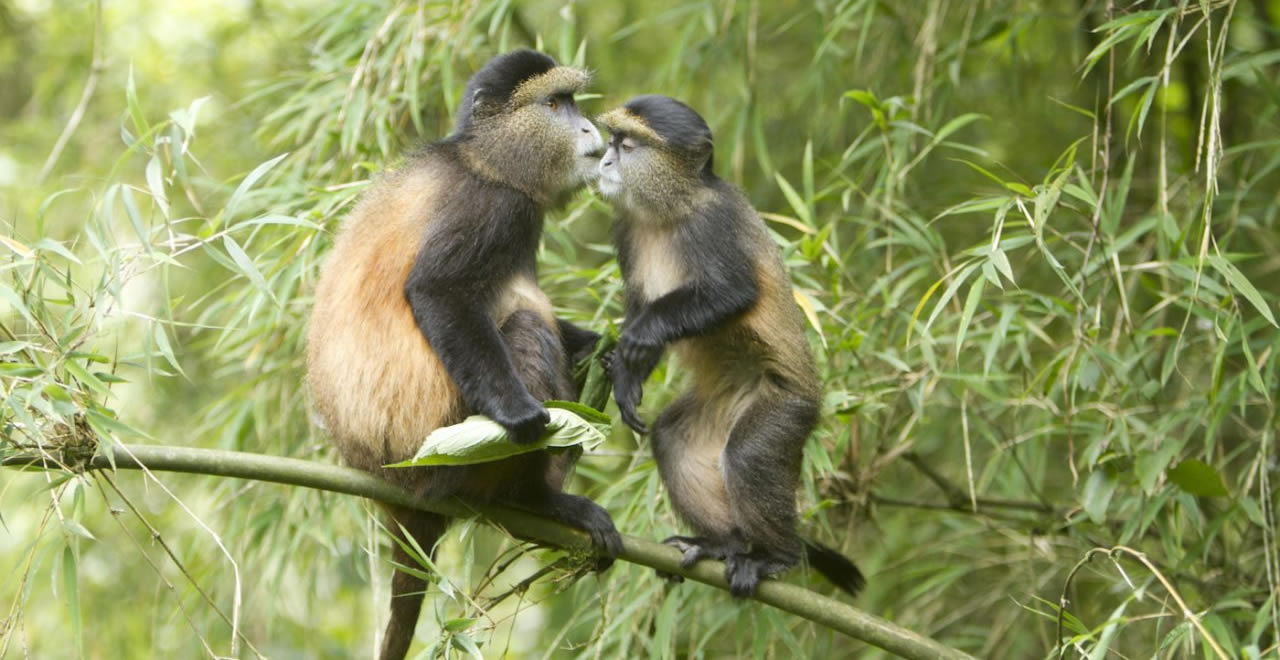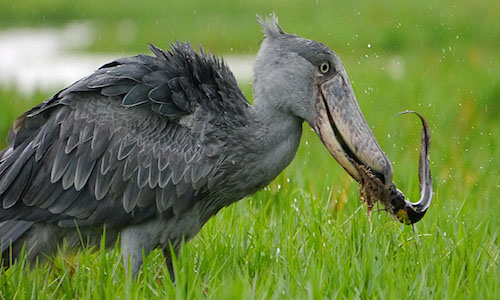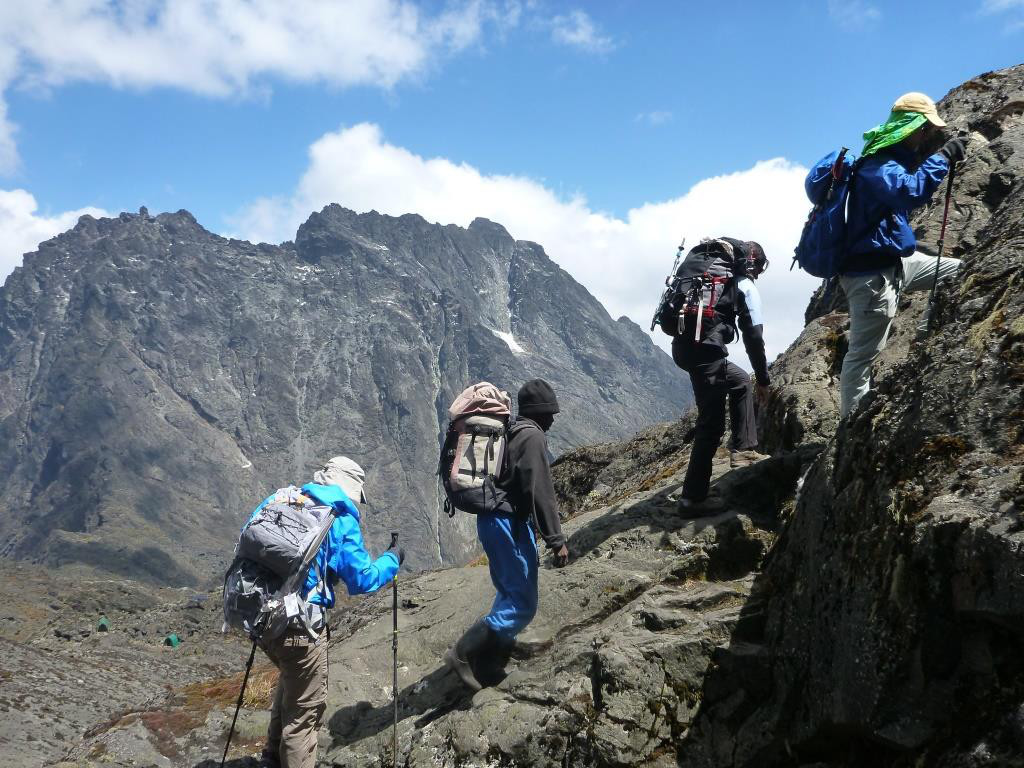The Greater Tsavo Conservation Area (TCA) spans for 42,000 sq.km in the Coast Province of Kenya. The region is home to several interconnected protected areas, including South Kitui National Reserve, Chyulu Hills, Tsavo East, and Tsavo West National Parks. The Nyika desert is also part of the area creating a semi-arid ecosystem especially in the Tsavo East.
According to the Tsavo Trust, TCA is famous for harboring over 12,866 elephants, which is almost 40% of the elephant population in Kenya. The elephants in Tsavo are known as red elephants due to the nature of soils. Being a semi arid climate, the soils in Tsavo contain high concentrations of iron oxide and are permeable. Tsavo is one of the greatest areas in Kenya to watch lions with over 675 lion population. There are also over 120 black rhinos in the Ngulia Rhino sanctuary in Tsavo West, making for one of the best places to see the Big 5 African animals. TCA is surrounded by several wildlife dispersal corridors including Kibwezi forest reserve and over 33 ranches in the Taita Taveta wildlife conservancy Association. The best places to visit in the greater Tsavo area include Tsavo West, Tsavo East, and Chyulu Hills national parks.
National parks in Tsavo Conservation Area
Tsavo was established in 1948 as a single protected area covering a total of 22,000 sq.km of which is a semi arid landscape characterized by rocky outcrops, rolling hills, rivers, riverine forests, and scattered tree grasslands. The protected areas were later divided into two separate parks given that they’re bisected by the Mombasa-Nairobi highway and railway. Both offer an opportunity to spot the Big 5 African mammals including elephants, lions, buffaloes, leopards, and black rhinos. However, each park has its own unique features including the Galana River, Lugard waterfalls, Mudanda rock, Baobab trees, and the Yatta Plateau in the Tsavo East national park. Tsavo west contains the Ngulia black rhino sanctuary, Mzima Hot Springs, Shetani lava, rocky cliffs, Aruba dam, the lakes of Kandiri and Jipe, and a World War II site. Given that each park is independently managed, travelers intending to visit both will need to budget for separate park entry fees.
Tsavo East National Park
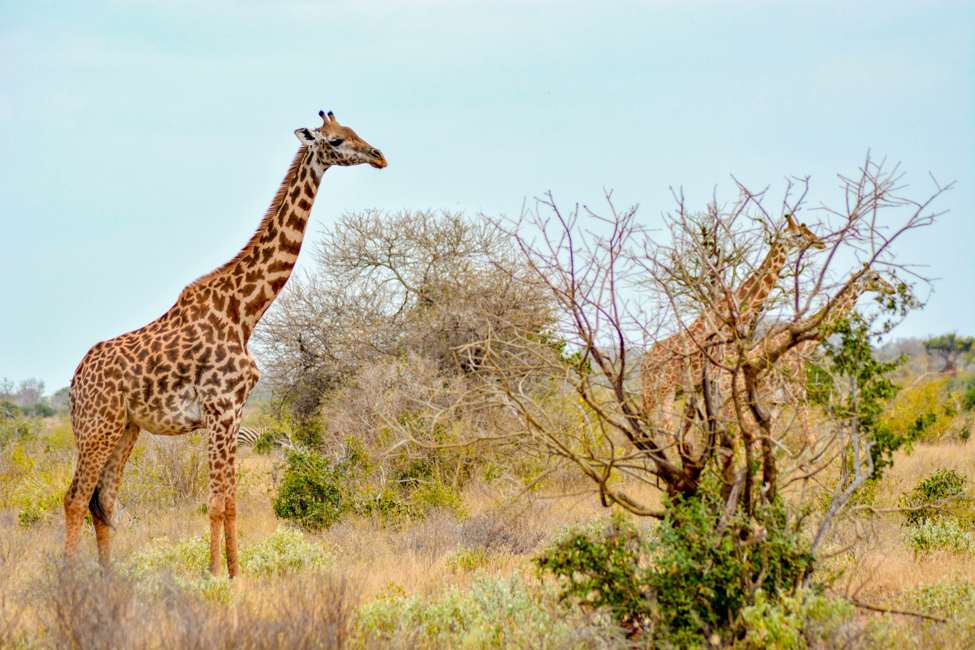
Known as the “theater of the wild”, Tsavo East is located on the north side of the highway. The park covers 13,747 sq.km which forms part of the Nyika desert characterized by a semiarid climate receiving between 250 mm to 450 mm amounts of rainfall per annum. The protected area is generally flat, with an elevation range of 890 to 1,402 meters above sea level. Large mammals including elephants and giraffes are easy to identify during game drives. Wildlife viewing activities in Tsavo East national park are mainly done south of the river Galana, which includes attractions including open grasslands, Mudanda rock, Aruba dam, Kanderi swamp, Lugard falls, and a World War II cemetery. The river flows below the Yatta plateau, which stretches 3 km wide and 290 km long along the park’s western boundary. The African baobab tree (Adansonia digitata) is one of the unique tree species on the plateau. According to Kenya Wildlife Services (KWS), the area north of Galana river including the plateau are set aside for anti-poaching patrols. Visitors must acquire specific permission in order to access the Yatta plateau for game drives.
Vegetation
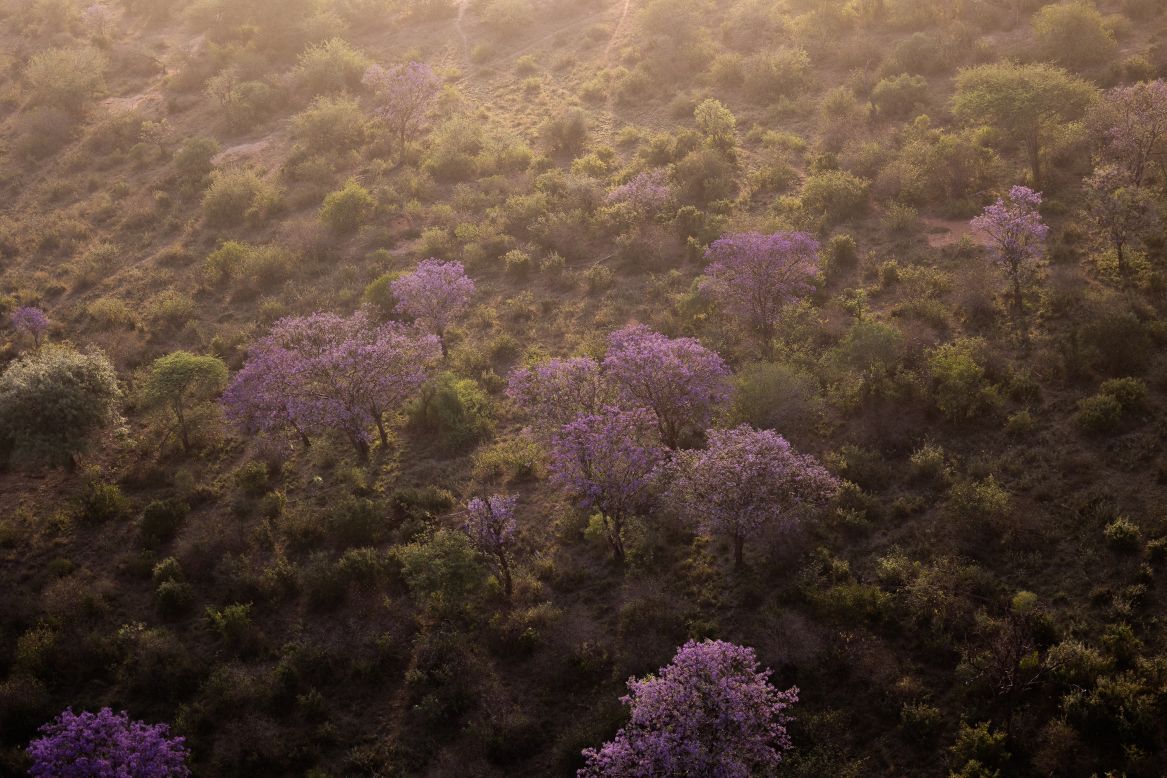
Tsavo East national park is a rugged semi-arid landscape with flat-topped hills and rocky outcrops scattered across the area. The vegetation is characterized by woodlands with a variety of scrubs, short trees, and grasses. The permanent rivers support riverine forests and swamps, which form green foliage. Rivers that flow through the park include Athi and Tsavo, which join to form Galana river, the largest and permanent source of water. Other seasonal rivers in the south include Voi river, where a man-made Aruba dam was also created as a water reservoir for wildlife.
Riverine forests contain evergreen tropical deciduous tree species such as the East African Doum palms (Hyphaene thebaica), Acacia elatior, Delonix regia (royal poinciana), and Melia volkensii (tree of knowledge). Elephants, buffaloes, and hippos tend to seek shade on these trees. The rocky outcrops such as the Crocodile point on the south bank of the Galana river offers an opportunity to get out of the car and enjoy the view of the park. Voi river in the south, though seasonal, forms a large green Kanderi swamp.
There are aquatic flowering plants and ferns such as the cape blue water lily (Nymphaea capensis), rice field water nymph (Najas graminea), and dwarf water clover (Marsilea minuta), and the hippo grass (Echinochloa haploclada). The swamp is surrounded by savanna woodland that occurs throughout the park. The vegetation is characterized by acacia commiphora (southern acacia) thickets with several scrub species such as headache tree (Premna), horseweed, (Conyza aegyptiaca), mountain ebony (Bauhinia variegata), poplar tree (Populus ilicifolius), Euphorbia robecchii, toothbrush tree (Salvadora persica), green swan flower (Ecbolium amplexicaule), Thylachium thomasii, Maerua denhardtiorum, and Suaeda monica.
Large tree species in Tsavo east national park include the Boabab tree found on the Yatta plateau, Lebombo wattle (Newtonia hildebrandtii) mostly around the permanent water sources including Kandiri swamp and the man-made Aruba dam. Tsavo east lacks the typical grassland plains such as those in Masai Mara, however. The dominant grass species include buffel grass (Cenchrus ciliaris), Bermuda grass (Cynodon dactylon), and bluegrass (Bothriochloa radicans).
Animals in Tsavo East national park
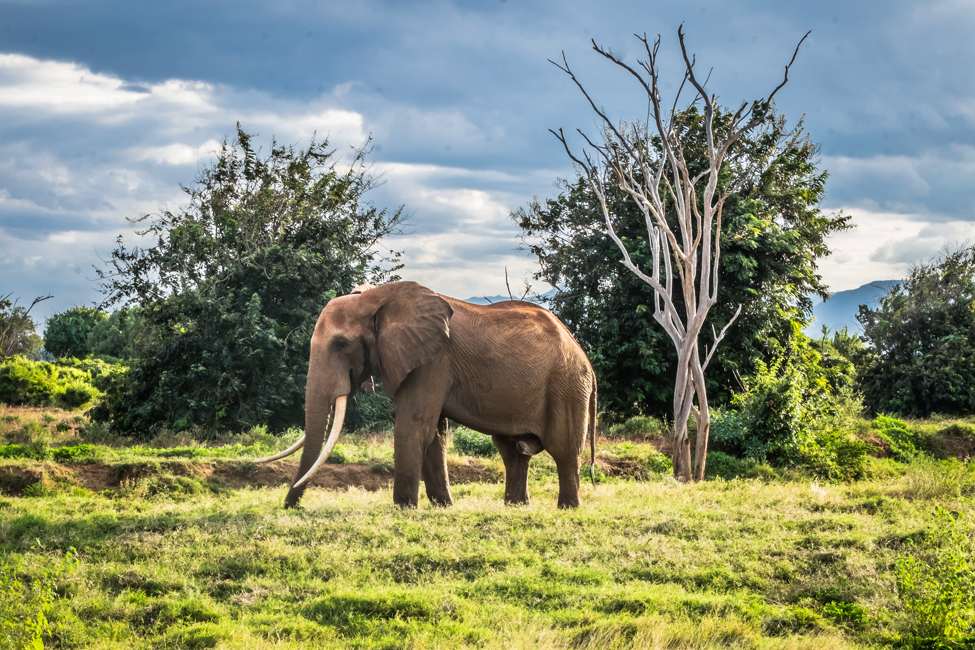
The semiarid ecosystem supports rich biodiversity including over 500 species of birds and Big 5 animals which include elephants, black rhinos, lions, buffaloes, and leopards. Tsavo is one of the greatest areas in Kenya to watch lions with over 675 lion population. There are also cheetahs, African wild dogs and several small cat species such as jackals, Aardwolf, African wild cat (felis lybica), serval cats, bat-eared fox, caracal, and striped hyena. Other mammal species include Masai giraffes, zebras, and warthogs. Antelope species in Tsavo East include the lesser Kudu, gerenuk (Waller’s gazelle), fringe-eared oryx, and Hirola (hunter’s hartebeest), eland, dik dik, and klipspringers. Due to the sparse vegetation, sightings of small species such as rock hyrax, mongoose, genet, and porcupine. The African wild dogs in Tsavo East tend to be found in the Mbulia Conservancy. The community ranch is located in the Taita and Ngulia hills towards Tsavo west national park southern section.
Birds
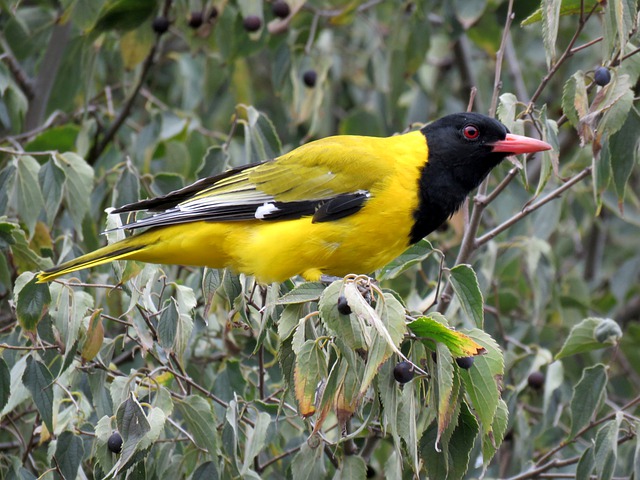
Tsavo East national park has over 500 species of birds including the unique Masai-Somali biome species such as Somali ostriches, Somali bunting, and Somali bee-eaters. A variety of birds of prey that might be seen include the Egyptian vulture, African fish eagle, eastern chanting goshawk, secretary bird, lesser kestrel, Taita falcon, and martial eagle. Woodland species can be seen throughout the park include the red-bellied parrot, golden pipit, black-faced, chestnut-bellied, and yellow-throated sandgrouse, northern brownbul, shelley’s starling. The Galana river and other permanent water sources including lake Kanderi swamp and Aruba dam support aquatic species including the African finfoot, black crake, pintail, great white pelican, spur winged goose, white faced whistling duck, fulvous whistling duck, Egyptian goose, southern pochard (Netta erythrophthalma). Lesser and greater flamingos are present but less common.
Attractions in Tsavo East national park
There are several attractions to see the natural scenery and wildlife in the Tsavo East national park as follows:-
Lugard falls
The waterfalls are formed along Galana river due to striations, which are linear marks left behind by the geological processes on the surface of quartz rocks.
Crocodile rock
Crocodiles in Tsavo East national park can be seen basking up on the sun on one of the boulders in the Galana River. The crocodiles can be seen when standing on a vantage point along the riverbank. You must be accompanied by a ranger or guide given that you must get out of the car.
Mudanda Rock
Stretching for 1.5 km, Mudanda rock is one of the spectacular features of Tsavo East National Park. Mudanda is a precambrian rock believed to have been formed 4.5 billion years ago, making for one of the oldest physiological features on Earth. There are several natural springs that originate from the rock feeding the Aruba dam, a water reservoir that was created in 1958 to create a permanent water source for large mammal species including elephants. Visitors can take a walk on the top of the rock to enjoy the views of wild animals including buffaloes, hippos, waterbucks that come to drink water during the day. Sometimes leopards are also seen on the Mudanda rock.
Aruba dam
Aruba dam is situated in the southern part of Tsavo East national park on the mouth of Voi river. The dam was created beneath the Mudanda rock in 1952 as a water for wildlife initiative of the Kenya Wildlife Service in partnership with the Sheldrick Wildlife Trust. The purpose of the dam was to create a water reservoir. Given that the Voi river is seasonal and couldn’t hold enough water for wild animals. During the dry season a lot of wildlife including the buffaloes, elephants, waterbucks, zebras, and giraffes congregate around the dam.
Predators such as lions, leopards, and cheetahs can also be spotted in the area. Besides the Aruba dam, there are over 32 water holes and 8 pumps across the TCA to support the local communities especially cattle ranches while also protecting wildlife. Water shortages due to drought and climate change is one of the conservation challenges in Kenya. According to Kenya Wildlife Service, 127 elephants and 93 Masai giraffes died due to scarcity of water in the Tsavo-Amboseli Conservation Area between 2009 and 2010. One approach to addressing the issue of water shortages is the construction of both permanent and temporary reservoirs. In particular, the Aruba dam provides reliable water during the dry season as other sources of water dry up. In Amboseli national park, the Jenga Mama project empowers over 60 women through microenterprise businesses including catering and tailoring.
The World War I cemetery
The Voi cemetery is 1.5 km east of Voi town and 2 km from the Voi entrance gate. Over 137 soldiers who died during World War I battle in East Africa are buried in the Voi cemetery including 9 East African citizens, 70 South Africans, 2 Indians, and 12 Zimbabweans. The East African territory, which included Burundi, Rwanda, and Tanzania, became the Germany East African Company after the Berlin Conference (1884–1885) when major European nations agreed for scramble and partition of Africa. The African continent was embroiled in the first World War between the Allied powers of France, the United Kingdom, Russia, and Japan fighting against Germany, Austria-Hungary, Bulgaria, and the Ottoman Empire (Turkey). Given that the British Empire had colonized Kenya and declared Uganda a protectorate with the construction of the East African Railway from the port of Mombasa to Voi town in 1897. According to Visram M.Graham’s book “On a Plantation in Kenya”, Voi became a strategic town for the British Empire to overtake Germany and control trade, agriculture, wildlife, and mineral resources in the region.
Where to stay
Tsavo East national park offers a wide range of accommodations both in the Taita Taveta conservancies and within the protected area. Staying in the conservancies such as Mbulia conservancy and Lumu wildlife sanctuary offers an opportunity to participate in unique activities including wildlife conservation and livestock experience, ranger monitoring that introduces you to wildlife protection on community lands.
How to get there
Tsavo East national park is 325 km (6-hour drive) south east of Nairobi capital city and 175 km (4-hour drive) north of Mombasa. There are four entrance gates including Sala, Voi, Buchuma, and Manyani. Munyani entrance gate is in the south near the Mudande rock. Voi gate is 17 km from Voi town and has the KWS main visitor center. Both gates are ideal for those traveling from Nairobi. Tsavo east can also be reached by air through Voi and Buchuma gate airstrips.


